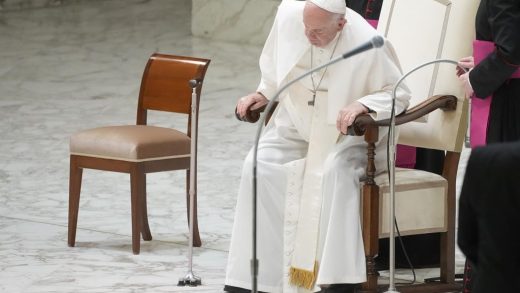
supplied
Picture shows Taratahi on Tikore Island.
Southland’s last whaler was the Star Two, a 99-foot chaser of 143 tons gross, built in Seattle in 1912.
At the end of her whaling career after the 1926/27 summer she was sold to Pascoe Brothers of Invercargill and renamed Taratahi and used briefly as an oyster dredge.
She was fitted with tanks for transporting live oysters to northern ports but as she was a ‘coal-scoffer’, she proved uneconomical.
After several years at anchor in Bluff Harbour, she was abandoned in 1939.
There was not much future for the old chaser fleet, which had been operated by the Norwegian Ross Sea Whaling Company and based on Stewart Island each winter.
Their use was limited. They burned a lot of coal, the engines were ageing and they had very little hold space.
Star Four and Star Five were scrapped at Bluff and Star One was scuttled off Otago Peninsula. Star Three, converted to the trawler Phyllis, was wrecked on Waikanae Beach in 1954.
supplied
Picture shows Taratahi on Tikore Island.
Company nurses
In 1955, H. & J. Smith Ltd became the first South Island store to add an Industrial Nurse to its staff, although by that date several factories employed medical staff.
Sister Irene Johnson was appointed to the position, having come from a maternity nursing background at Cairnsmore and then Queen Mary Hospitals in Invercargill.
In the company magazine of August 1955 she said: “The treatment of minor illnesses and accidents is only part of my work. My task will be more preventative than curative. It is my job to keep the staff healthy.”
She was involved in the welfare of the 300 staff, personal issues, and treating staff and customers.
Some of the hazards she expected to encounter were cuts and foot trouble. She had an office and the Health Clinic was “attractively decorated in restful shades of pale green, lemon and pink”.
Estate sale suing
The huge Merivale Estate in the Waiau Valley, owned by John Chute Ellis, was sold to English MP James Ashbury in 1885 for £150,000.
There were 26,390 acres of potential agricultural land which was well-watered and sheltered by the forest to the south.
The new owner intended to grow sheep rather than crops as there was an export market to Britain, the first shipment of frozen meat having taken place only three years before.
The following year, Ashbury tried to make the property into a company by offering shares but there was not sufficient interest.
A second attempt to form a company failed and Ashbury sued Ellis on the grounds that he had been misled about the profitability of the property.
After much wrangling, including a visit to the Privy Council, the property was sold back to John Ellis in 1890 for £42,000.


